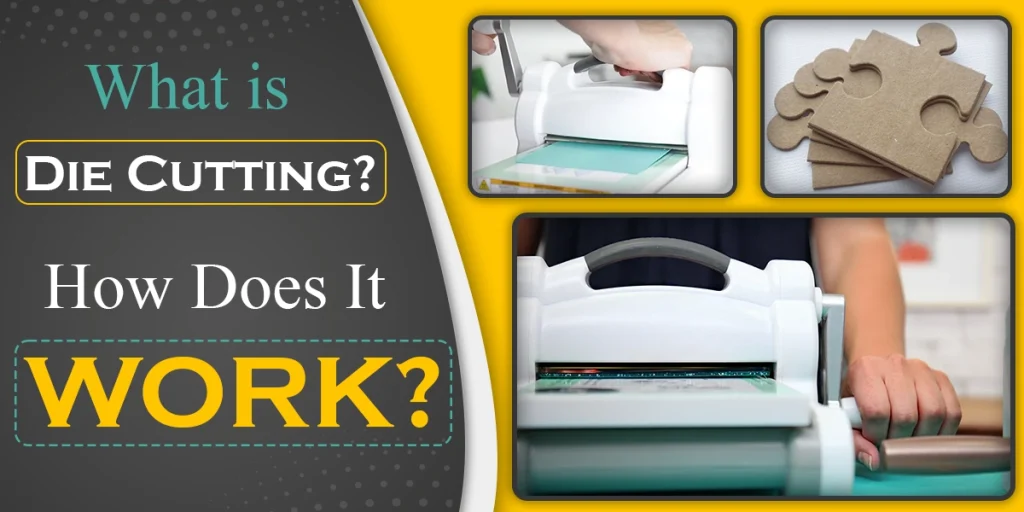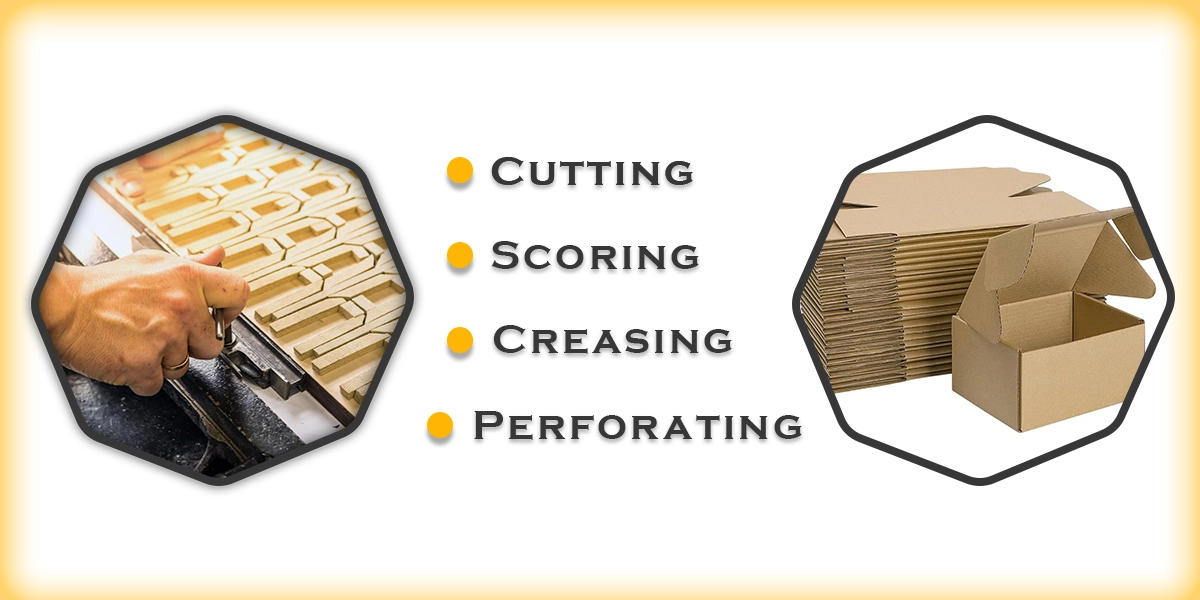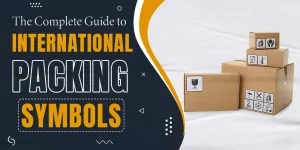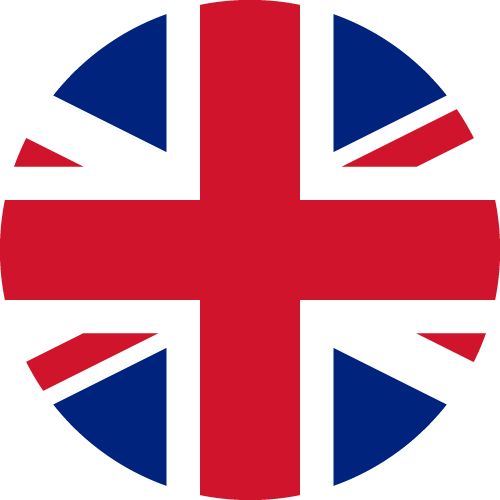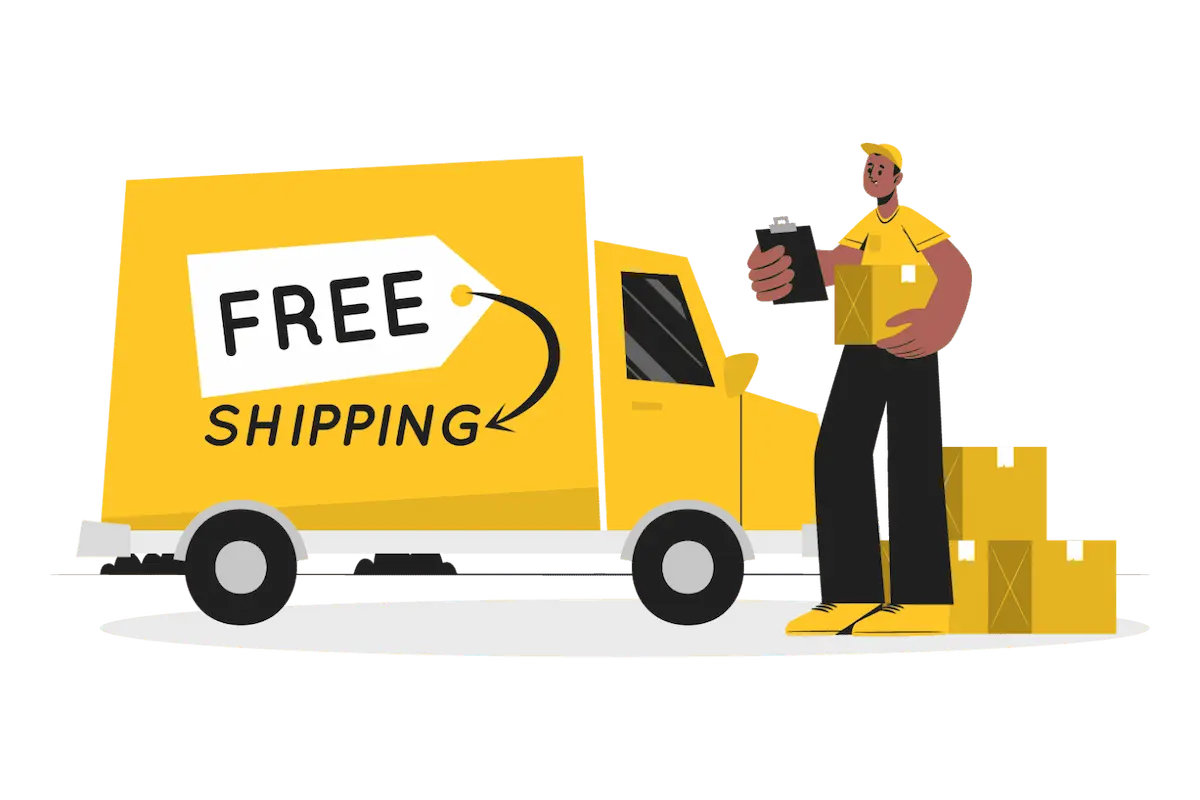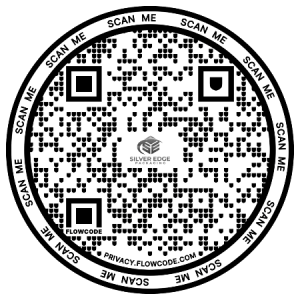When you decide to get custom packaging, you might come across the die cutting process. In brief, this is a process that uses a die to cut out shapes from materials like paper or cardboard. But how does it work? How many types of die cutting are there? Let’s dive in.
Table of Contents
ToggleWhat Is Die-Cut?
First of all, let’s discuss the real die cut meaning. So, die cutting is a fabrication process that uses specialized machines and tools to convert stock material. The process involves cutting, forming, and shearing.
The die cutting process starts with a part named, unsurprisingly, a die. It’s a piece of metal tooling used to cut a specific shape out of a material. In the shape, you will find a die that looks like a cookie cutter. This die serves as a ‘mold’ that is shaped in a specific way according to the shape you need.
A Brief Intro to Die Cut History
Now here’s a question; why is it called die cut? What is meant by die-cutting?
In brief, the origin of the word ‘die’ dates back to 1300. In Latin, the word “given” is datum. The root meaning of ‘die’ is to place or cast. In this era, this technique was mainly used to cast or stamp metal coins. Thus, we can assume that the word die, as it is today, came from this origin, “given, put, placed” therefore also meaning “played, or cast.”
Later, in the 1800’s, an invention was created for mass production: die cutting. The old term “die” (creation by machination) was combined with “cut” (the act of cutting out a shape) to create the term “die cutting.”
What Is a Die-Cut Machine?
Simply put, Die cut is simply the cut-out shape produced by a die cutting machine and die. When you layer your chosen materials, die together, and pass them through a die cutting machine, you produce die-cuts!
So, how do you use a die cutting machine?
When it comes to producing die cut packaging, the process involves some steps that ensure precision and quality.
Design and Engineering
First, the professional engineers work together with the packaging designers to create a blueprint. This blueprint dictates the dimensional specifications, including the product’s shape, size, and function.
Die Creation
Based on the design, we will have a die manufactured. This die is basically a custom-shaped tool with sharp edges. Accordingly, this die is the tool to cut the packaging material.
The Material Selection
The choice of material is highly essential in die cutting process. As a brand owner, you must carefully select the packaging material by considering its quality, durability, and sustainability.
Setup and Configuration Processes
Before starting the production of the custom product packaging wholesale, the die-cutting machine should be set up and configured.
The setup and configuration processes involve essential steps like:
- Securing the die
- Calibrating the system for pressure and alignment
- Testing to ensure accuracy
Cutting Process
Once the setup and configuration are complete, the die-cutting process begins. The packaging material will be placed into the machine and pressed against the die. The pressure ensures that the material is cut precisely along the design patterns. Of course, without compromising material integrity.
Extraction, Trimming, and Quality Assurance
After the primary cut is completed, we will remove the excess material. Here, we need to do fine trimming for intricate designs. Most importantly, this is where the quality inspections will take place. This entire process will ensure each unit of packaging meets the standards set in the design phase.
Various Functions Used While Die Cutting
There are various functions to choose from when doing die cutting. For sure, each function has a different task to perform to meet the structural designs.
Here are some basic functions when printing dies:
- Cutting: Cutting the material into the right dimensions to meet the accuracy.
- Scoring: This function shapes indents, partial cuts, or impressions, on the specific area of the material
- Creasing: It creates a fold line to make the construction easier and more convenient
- Perforating: It helps you leave small cuts or holes for easy tearing
What Are Some Types of Die Cutting Processes?
So, now you understand the various functions of the die-cutting process. Using specific methods can give you many opportunities to design your unique custom packaging. The best thing is that you can apply die-cutting to any material, such as die cut mylar bags.
To get the perfect custom packaging you need, we, at Silver Edge Packaging, are experts in many types of die cutting processes.
What are they?
Blanking
The blanking type is ideal for slicing the exterior edge by clipping it. This process will eventually produce a more accurate degree of flatness.
Drawing
In this type, we will pull the paper into a specific length to craft a lean and long packaging solution. However, to prevent wastage, we let you get custom sizes and dimensions for your packaging.
Forming
This process is about shaping the box into a usable box. It will be an ideal technique for drawing with rounded, cylindrical, or other custom shapes.
Coining
The coining process will create circular holes in the paper through the force and pressure on the custom packaging material. This process is perfect for constructing an intricate structure, such as custom die cut mylar bags wholesale.
Broaching
Broaching includes a row of cutting teeth that let you cut the paper, which is usually thicker and harder. Hence, this is the right method for cutting folding cartons or heavy, thicker cardboard boxes.
In addition to the types of die cutting processes above, you also have other type options, such as:
- Rotary die-cutting, which is fast and efficient, but can be costly
- Flatbed die-cutting to create more detailed shapes
- Laser die-cutting is faster and more accurate than either of the other types of dies
To prevent any confusion, you can work with our packaging professionals and decide the most suitable type you need.
Wrapping Up
As you can see, die cutting is a flexible and efficient way to accurately cut, shape, and print your custom packaging. With this technique, you can get your packaging formed in a unique shape.
Well then, are you interested in getting your die cut packaging? Silver Edge Packaging is always ready to assist you!

